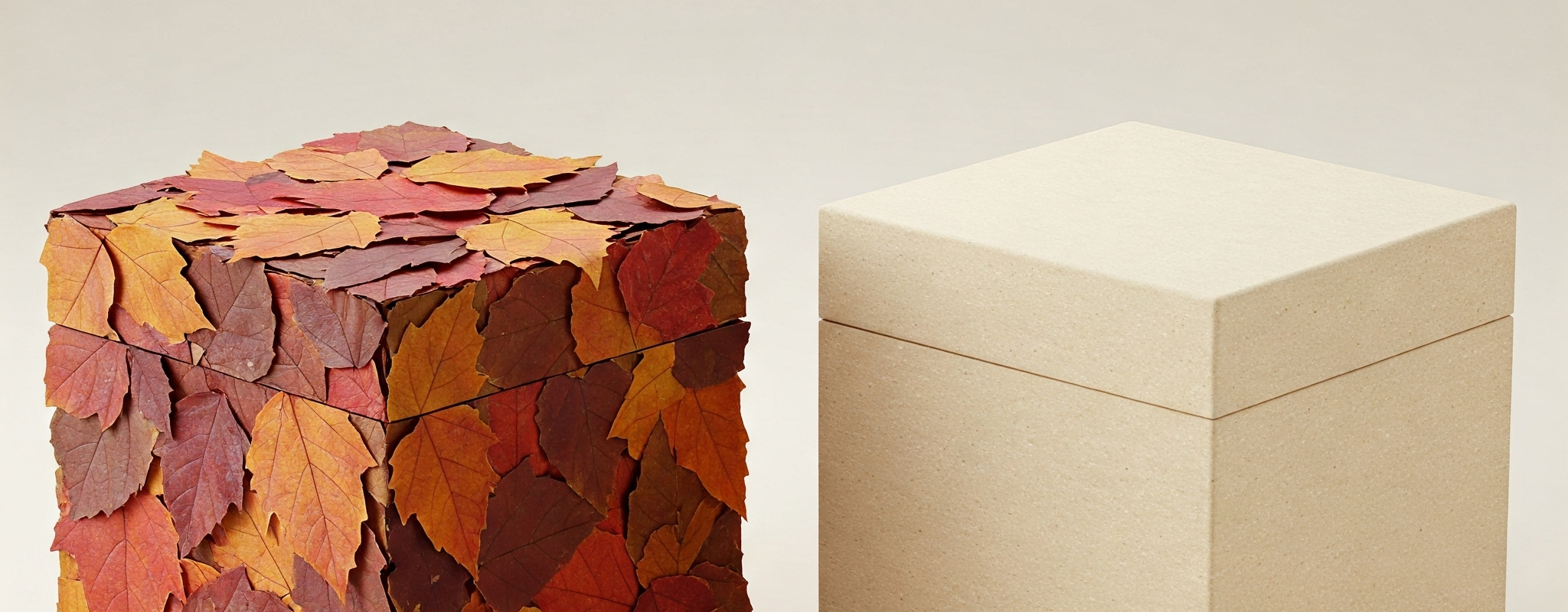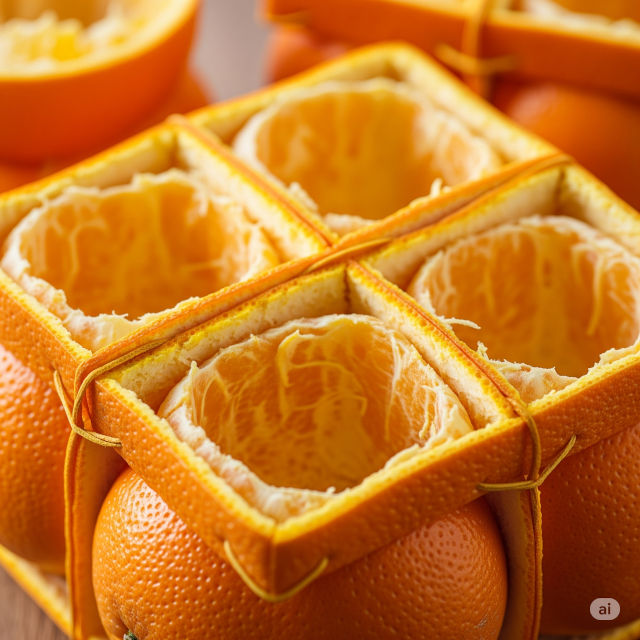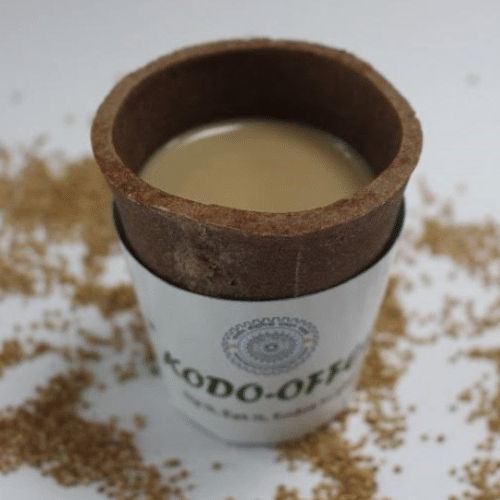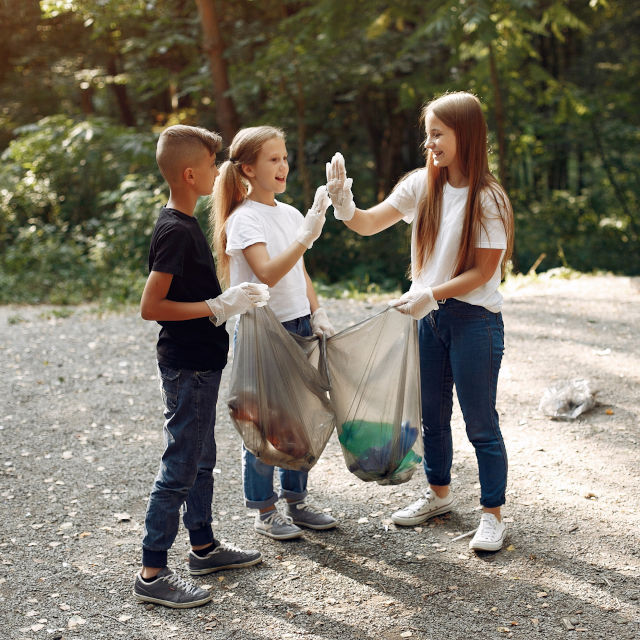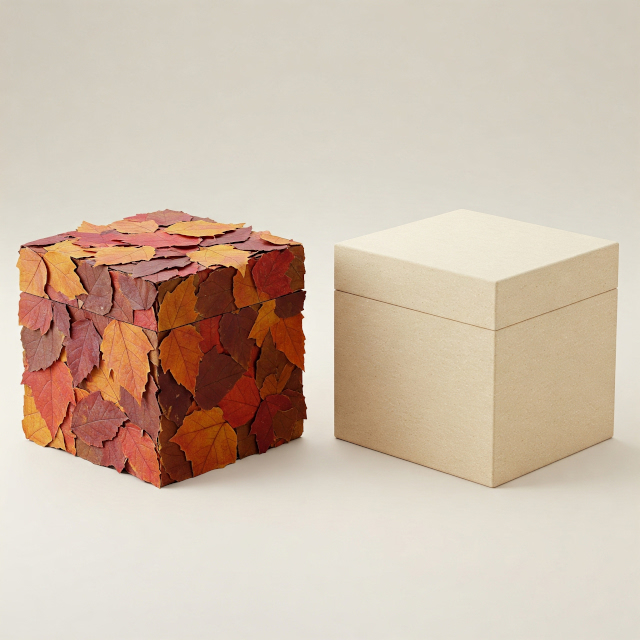Not all biodegradable packaging is created equal. While both cellulose and fallen leaf-based packaging seem eco-friendly at first glance, a closer look reveals distinct differences — in sourcing, impact, and innovation.
Let’s dive into their story.
The Familiar Path: Cellulose-Based Packaging
Cellulose is the natural polymer that gives plants their structure. It’s also the backbone of many biodegradable films, trays, and wraps used in the packaging industry today.
The process sounds sustainable — it comes from wood, after all. But there’s a catch.
To make cellulose packaging, trees are often harvested and processed, requiring significant water, energy, and chemical inputs. Even if certified by FSC or PEFC, the supply chain is rarely circular.
A typical cellulose film:
- Comes from specially grown trees
- Requires pulping and chemical treatment
- Is biodegradable — but only under specific industrial composting conditions
While cellulose packaging is a clear step up from plastic, it still relies heavily on resource extraction and complex processing.
A New Chapter: Packaging Made from Fallen Leaves
Now imagine this: instead of cutting trees down, we use what trees naturally leave behind — fallen leaves.
In India, a startup called LeafyPack collects fallen palm and sal leaves, presses them into plates and containers with zero chemicals, and delivers compostable packaging that decomposes in 30–60 days — even in a backyard compost.
No trees cut.
No plastic used.
Just nature — repurposed.
Leaf packaging is:
- Truly zero-waste — made from what nature discards
- Low-impact to produce — little to no water or energy needed
- Home-compostable and safe even if left in the wild
- A source of local employment in rural communities
Some brands have started replacing takeaway containers and gift boxes with this naturally elegant, plant-based packaging — combining sustainability with storytelling.
So Which Is Better?
| Feature | Cellulose Packaging | Fallen Leaf Packaging |
| Source | Wood (trees) | Naturally shed leaves |
| Energy & chemical use | High | Minimal to none |
| Composting conditions | Often industrial | Backyard/home compostable |
| Circularity | Partial | Full (waste becomes resource) |
| Biodiversity impact | Depends on forestry | Encourages conservation |
| Social impact | Limited | High (supports rural economies) |
Both are biodegradable, but one depends on extraction — the other on abundance.
Packaging that Tells a Story
In a time where every unboxing can be a statement, packaging made from fallen leaves connects consumers to nature — literally. It tells a story of cycles, of waste turned to value, of tradition meeting innovation.
And it raises a question:
What if our packaging didn’t just disappear — but actually gave something back?
Join the Movement for a Sustainable Future!
#eco-friendly packaging, #biodegradable packaging materials, #cellulose packaging vs leaf packaging, #fallen leaf packaging, #sustainable packaging alternatives, #compostable food containers, #natural packaging solutions, #circular economy, #plastic-free packaging, #zero waste packaging innovations
